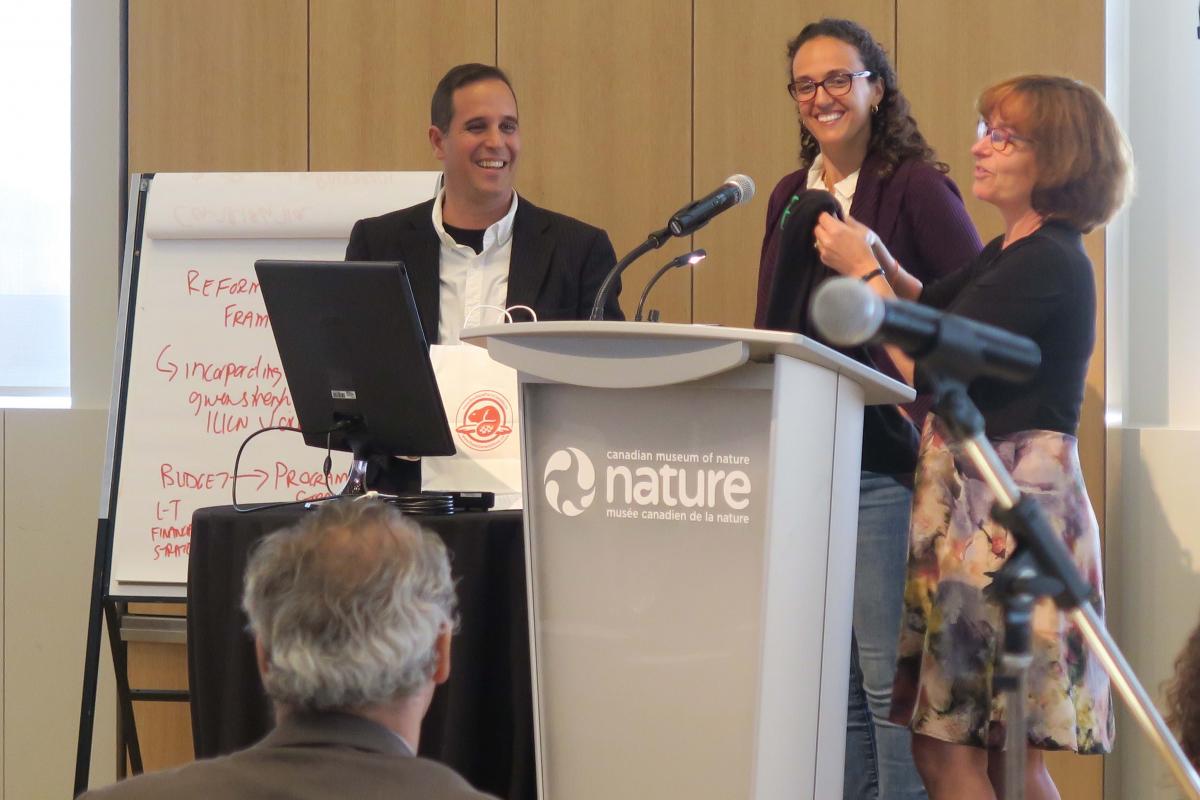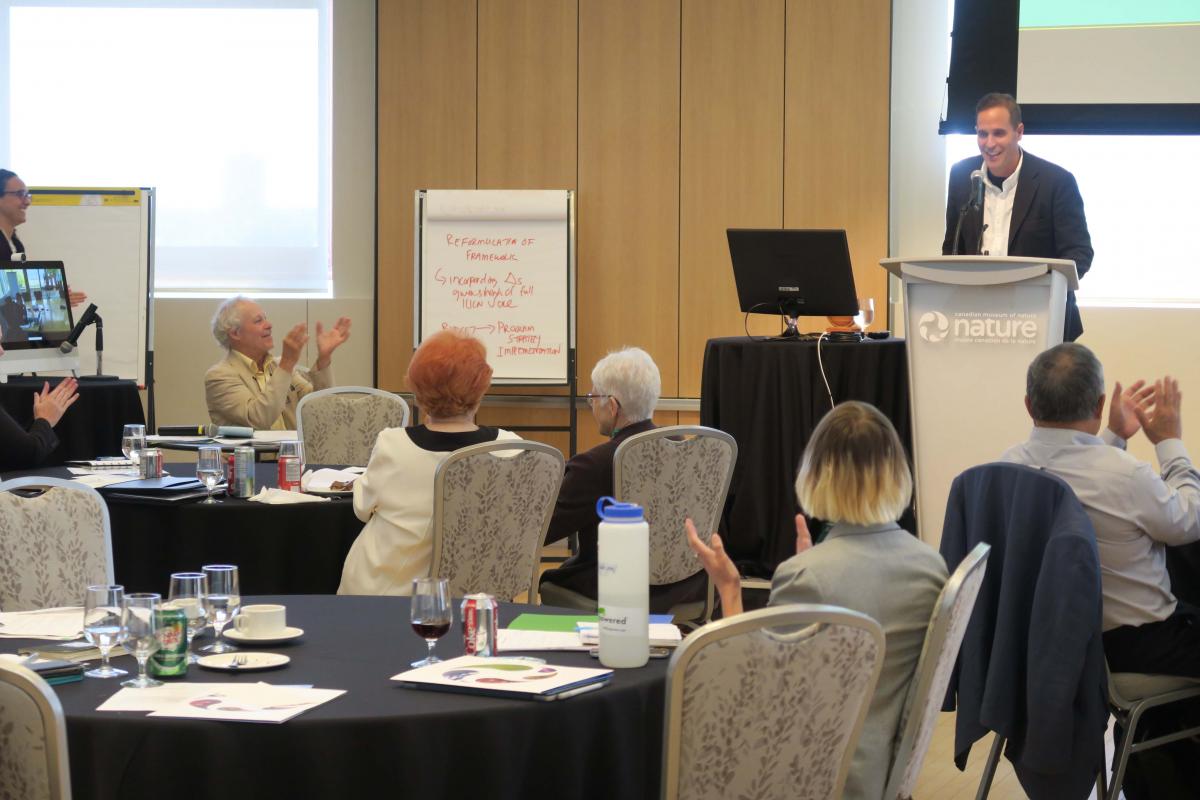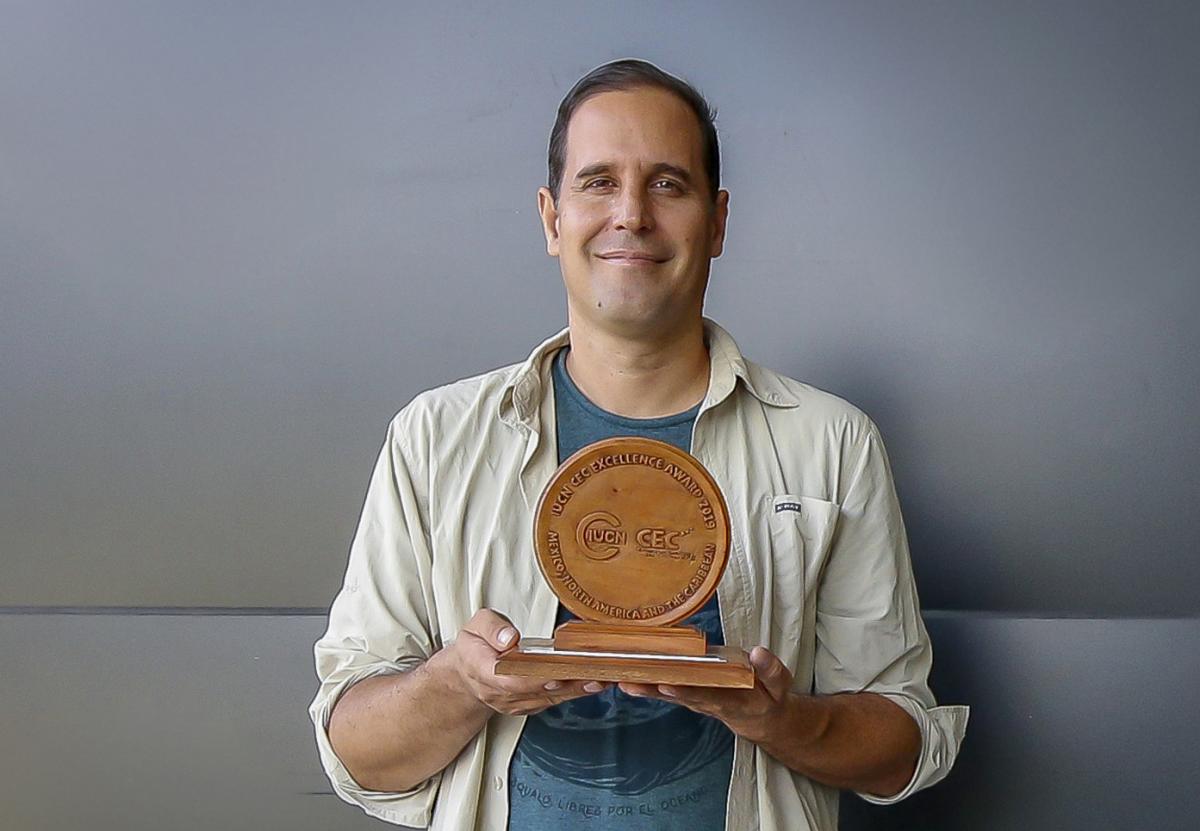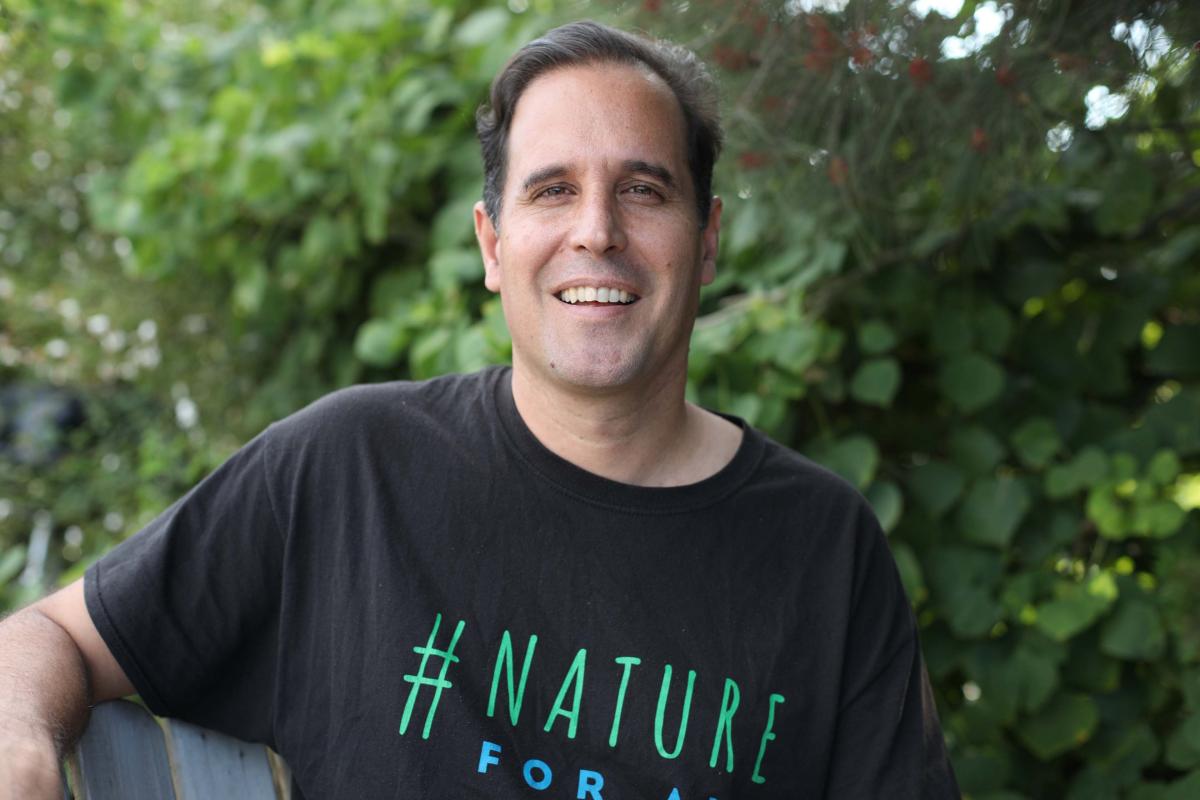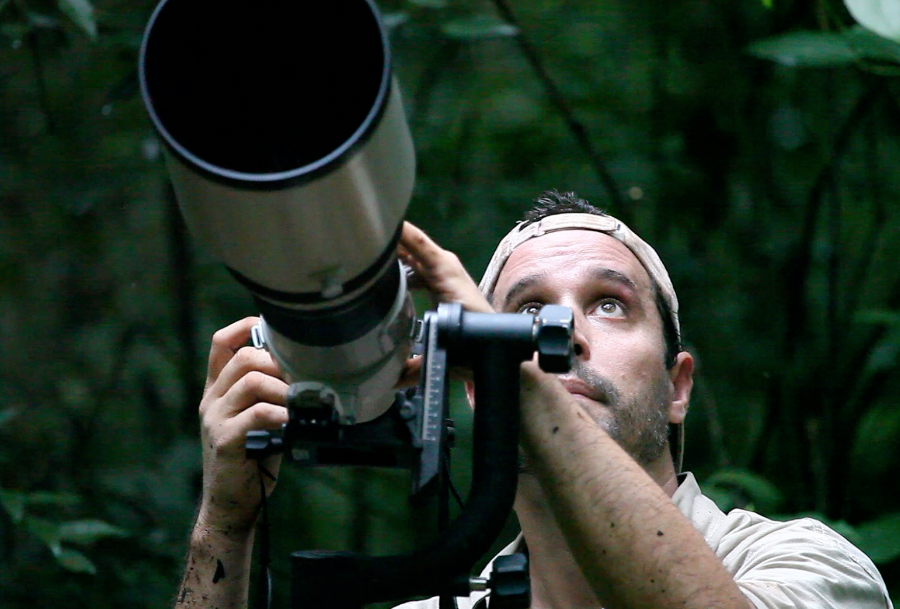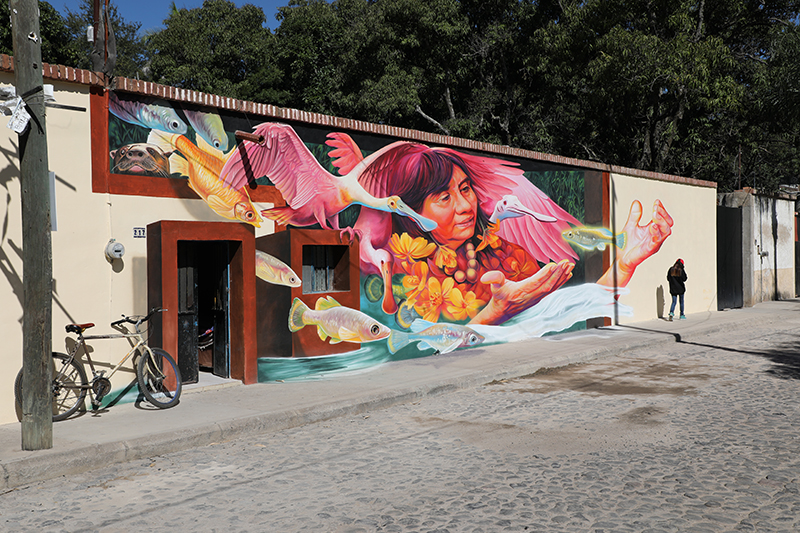CEC Excellence Award winner is Manfred Meiners Ochoa from Mexico
Manfred Meiners describes himself as conservation photographer and environmental communicator storyteller
- What motivated you to start a career in this field?
I decided to study Biology because of my passion for nature and conservation. Nevertheless, I noticed that even tough biological science is crucial for biodiversity conservation initiatives, information and data by itself are only one piece of the “puzzle” and many other pieces are required in order to achieve tangible results. For example, communication and education that influence directly in people´s behaviours and attitudes can eventually impact positively in other areas such as policy making and law enforcement. I also realised that for me it was more satisfying to make photographs or a film than to only gather and analyse data. I also felt that the images combined with statistics or stories were having a stronger effect and connection with people rather that the numbers alone. So, I gradually reinvented myself to became a “conservation photographer” and more broadly an “environmental communicator” storyteller, so to say. In order to do this, I had to “learn by doing” and also to seek for mentors, collaborators and eventually some formal training. To answer the question, I guess my passion for nature and thefact that images are able to connect people beyond wordsmotivated me to start a career in this field.
- What are you most proud of?
I am proud that my work was published in The National Geographic magazine and also to have worked as a consultant for the United Nations, two of the things I dreamed of at a certain point in my life. But I am most proud of having inspired children, volunteers and decision makers to take care of the environment and to commit to take action.
I guess I am also proud to have worked very hard with several nature photographer colleagues to put together an itinerant exhibit about the biodiversity of the state of Jalisco that reached thousands of people and to initiate the process to accomplish a biodiversity conservation strategy as a policy of Jalisco´s Government.
Having contributed in some way to the declaration of La Vega wetland as a Ramsar site and to document in its habitat the river otter and the tequila splitfin (a little fish that, was on the brink of extinction andinthe IUCN Red List as critically endangered), has also been very fulfilling.
- What was a major challenge you faced? How did you overcome it?
Rejection, excessive bureaucracy and indifference have been obstacles in many initiatives and projects that I have participated in. Nature photography has taught me that patience and persistence can help overcome many of these challenges.
- Which golden tip do you have for new comers who want to follow your path?
Dream, never give up and be persistent! There are continuous challenges and many times it is not easy to continue but it is worth making that extra effort to achieve your goals. It is also always a good idea to ask for help and help others when you can.
- Is there anything else related to your professional achievements you would like to share with the CEC community?
I strongly believe that collaboration is the key in every professional and even personal achievement. I encourage all my colleagues at the CEC to work together and also to collaborate with other IUCN commissions, particularly with people from other backgrounds, professions or disciplines in projects that promote biodiversity conservation.
I would like to share some recent initiatives where collaboration has been fundamental and certainly an asset:
In 2018 I wrote an article about “River Otters in Mexico” with Dr. Juan Pablo Gallo IUCN Species Survival Commission (SSC) Otter specialist group member using his science and knowledge and my communication skills. I am looking forward to promoting otters and rivers conservation with local communities using science, education and communication.
Visual arts are a powerful communication tool for conservation purposes. In February 2020 we wanted to celebrate the World Wetland Day at the “La Vega Ramsar Site” with artistic murals in Teuchitlán, Jalisco, so with the collaboration of the county and JIMAV we invited internationally recognized urban artist: Adry Del Rocio, Carlos Alberto GH and Ruben Poncia to create murals. This 3D eye-catching mural depicts Teuchitlán teacher Consuelo Rivera with endangered fish species, the otter and the Roseate Spoonbill birds.
We plan to paint more murals with the help of children and young locals from Teuchitlan.
You can watch this 1.5 minutes long video to see the murals in process and some of the biodiversity that inspired their creation.
Read more stories about the CEC Excellence Award winners!
